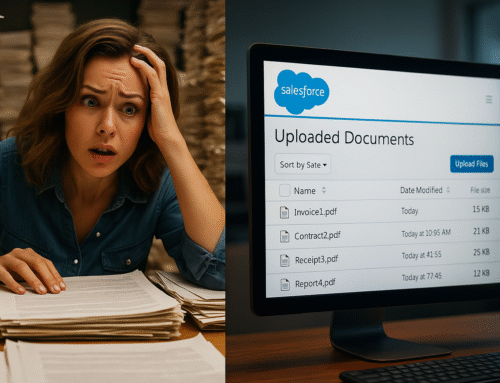
Welcome to the world of sustainability, where every action we take has the power to impact the planet positively or negatively. Climate change, pollution, and deforestation are some of the significant issues that threaten our planet’s sustainability. As businesses, we have a critical role to play in reducing our impact on the environment. One way to achieve this is by digitizing documents and transitioning to a paperless office. In this article, we will explore the impact of digitizing documents on sustainability and how it can assist with all aspects of sustainability.
Digitizing documents is the process of converting physical documents into digital formats, making it easier to store, access, and manage information. It involves using a scanner or a camera to capture an image of the document and converting it into a digital file that can be stored on a computer or a cloud-based system. In recent years, digitizing documents has become increasingly popular, thanks to the many benefits it offers to businesses and the environment.
Let’s take a closer look at how digitizing documents can assist with all aspects of sustainability.
Environmental Sustainability
The environmental impact of paper production is no laughing matter. According to the Environmental Paper Network, the paper industry is responsible for 12% of global deforestation, and it’s one of the largest industrial users of water and energy. Digitizing documents can help to reduce the environmental impact of paper production significantly. By transitioning to a paperless office, businesses can significantly reduce their paper usage, which not only saves trees but also reduces the amount of water and energy required to produce paper.
The benefits of digitizing documents on environmental sustainability don’t stop there. Physical document storage can take up valuable office space that requires energy to power and maintain. By digitizing documents and transferring them to cloud-based systems, businesses can eliminate the need for physical storage space and reduce their overall office footprint. This not only saves money on rent but also reduces the energy usage required to power and maintain the physical storage space.
storage space.
Transportation emissions are also a significant contributor to environmental pollution. In a paper-based office, documents must be physically transported between locations, which can contribute to greenhouse gas emissions. By digitizing documents and storing them in the cloud, businesses can eliminate the need for physical document transportation, reducing their carbon footprint. Plus, digital documents are way easier to find and access than physical documents, making it easier for employees to get the information they need, when they need it.
Social and Economic Sustainability
Digitizing documents can also have a positive impact on social and economic sustainability. By transitioning to a paperless office, businesses can improve the efficiency of their operations, which can lead to cost savings. These cost savings can then be reinvested in the business, which can lead to increased profits and job creation. Plus, a paperless office can improve the accessibility of documents, making it easier for employees to access the information they need to do their jobs effectively.
Furthermore, digitizing documents can improve collaboration between employees, departments, and even businesses. With cloud-based document management systems, multiple users can access and work on the same document at the same time, from anywhere in the world. This increased collaboration can lead to improved productivity, creativity, and innovation, which can translate into increased profits and business growth.
Information Security Sustainability
Last but not least, digitizing documents can also have a positive impact on information security. Physical documents can be lost, stolen, or damaged, which can compromise the sensitive information they contain. By digitizing documents and storing them in the cloud, businesses can improve the security of their information, making it easier to protect sensitive data and comply with regulations such as GDPR. Plus, digital documents can be password protected and encrypted, ensuring that only authorized personnel have access to them.
Conclusion
In conclusion, digitizing documents is a sustainable business practice that is not only good for the environment but also has positive impacts on social, economic, and information security sustainability. By digitizing documents and transitioning to a paperless office, businesses can reduce their environmental impact by saving trees, reducing water and energy usage, and eliminating the need for physical storage space. This, in turn, can lead to cost savings, increased efficiency, and improved collaboration and innovation.
As we have seen, the benefits of digitizing documents are numerous and significant. It’s no wonder that more and more businesses are embracing this practice. According to a survey conducted by AIIM, 59% of organizations stated that they have significantly reduced their paper consumption by digitizing documents. This not only has a positive impact on the environment but also on the bottom line.
So, digitize away and help make the world a more sustainable place, one document at a time!
References
- Environmental Paper Network, “The State of the Paper Industry,” https://environmentalpaper.org/wp-content/uploads/2018/11/State-of-the-Industry-2018-Full-Report.pdf
- Forbes, “The Benefits of a Paperless Office,” https://www.forbes.com/sites/allbusiness/2019/08/02/benefits-of-a-paperless-office/?sh=48ba4ec650ad
- AIIM, “Paper-Free Progress: Measuring Outcomes,” https://info.aiim.org/hubfs/Research%20Reports/Paper-Free%20Progress%202016.pdf
- PricewaterhouseCoopers, “Sustainability and digitization: The two mega-trends of our time,” https://www.pwc.ch/en/insights/sustainability/digitization-sustainability.html





